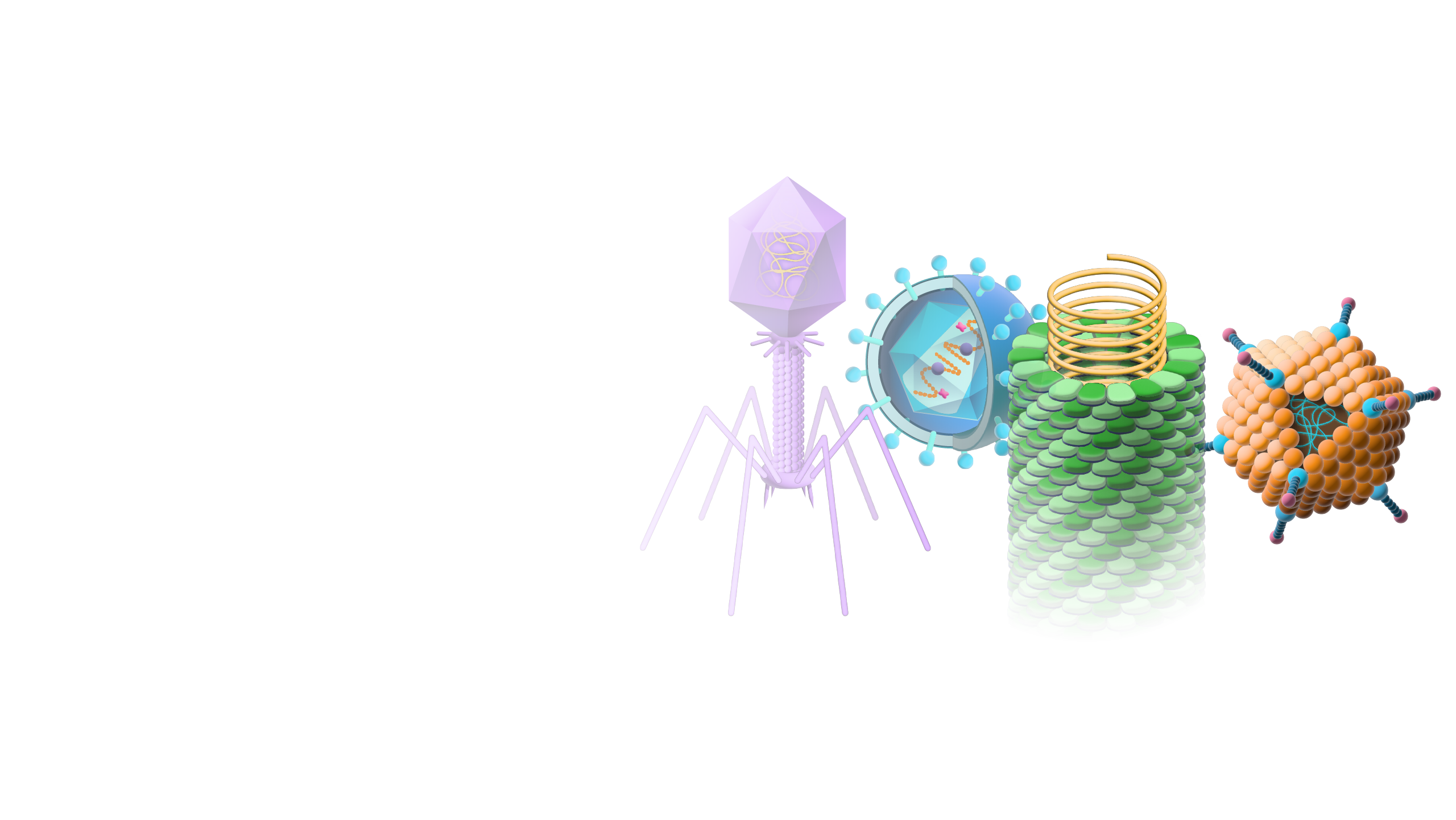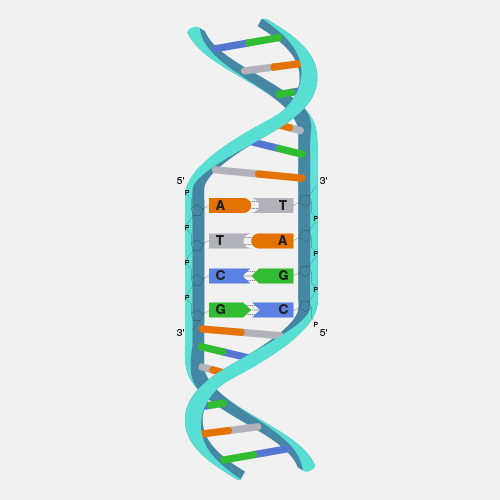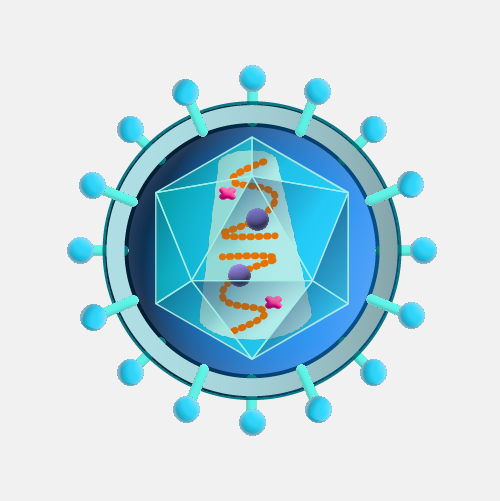
Virus
Definition
A virus is an infectious microbe consisting of a segment of nucleic acid (either DNA or RNA) surrounded by a protein coat. A virus cannot replicate alone; instead, it must infect cells and use components of the host cell to make copies of itself. Often, a virus ends up killing the host cell in the process, causing damage to the host organism. Well-known examples of viruses causing human disease include AIDS, COVID-19, measles and smallpox.

Narration
Virus. Well, we all have learned a lot more about viruses in the last two years with the Covid-19 outbreak/global pandemic. Viruses infect humans. But, in fact, viruses infect many organisms, so you'll have viruses that infect fungi, viruses that infect bacteria, and we can learn a lot about how viruses maintain themselves by studying viruses that infect a whole host of species. That really does help us to understand human disease. But the viruses that infect humans are only a small fraction of the viruses that you find in the world. The greatest abundance of viruses would be those that infect bacteria that are sometimes called phage. And they have shared a lot of the same properties but they are much more abundant. A lot of future research will unravel the ways in which viruses infect humans and what we might find as potential ways of stopping viral replication within human cells.

Chief and NIH Distinguished Investigator
Translational and Functional Genomics Branch




